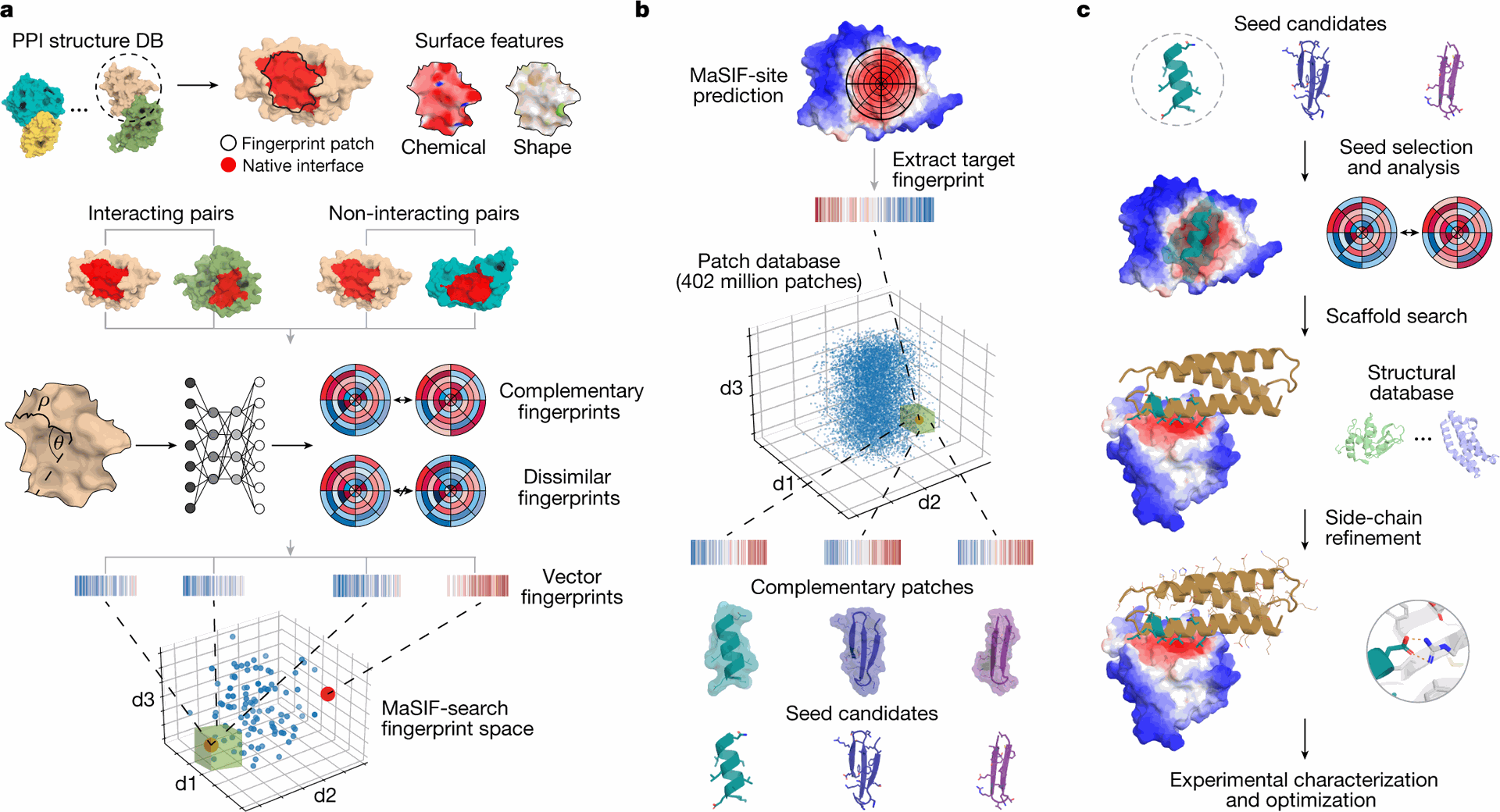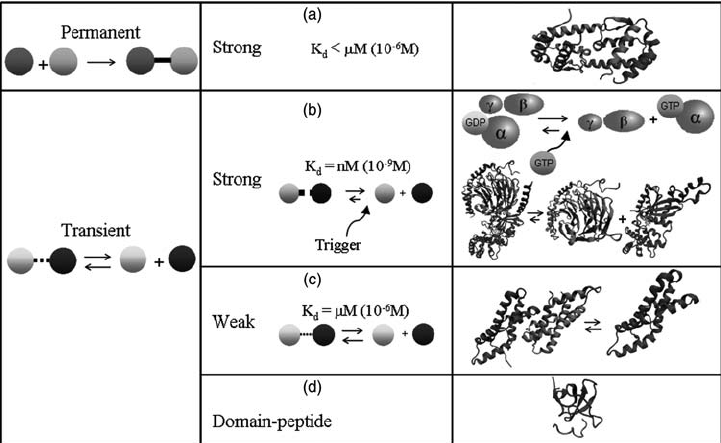Introduction:
Cellular communication is fundamental to the development, function, and survival of multicellular organisms. Human interaction proteins play a critical role in this intricate network, mediating interactions between cells and their environment. Understanding their diverse functions is crucial for deciphering the complex biology of human health and disease.
Classes of Human Interaction Proteins:
Human interaction proteins encompass a vast and diverse family with distinct functions. Some key classes include:
- Cell adhesion molecules (CAMs): These proteins mediate cell-cell interactions and adhesion, playing a crucial role in tissue organization, cell migration, and immune response. Examples include cadherins, integrins, and selectins.
- Cytokines and chemokines: These signaling molecules act as intercellular messengers, coordinating immune response, inflammation, and cell growth. Examples include interleukins (ILs), tumor necrosis factor (TNF), and chemokine ligand (CXCL) family members. PubMed [invalid URL cytokines and chemokines ncbi ON National Institutes of Health
- Extracellular matrix (ECM) proteins: These proteins form a complex network that provides structural support and facilitates cell-matrix interactions, influencing cell behavior and signaling. Examples include collagen, fibronectin, and laminins.
- Receptor ligands: These molecules bind to specific receptors on cell surfaces, triggering signaling cascades that regulate various cellular processes. Examples include growth factors, hormones, and neurotransmitters.
The Role of Human Interaction Proteins in Disease:
Dysregulation of human interaction proteins can contribute to various disease processes:
- Cancer: Altered expression or function of CAMs can promote tumor cell invasion and metastasis. Disruption of cytokine signaling pathways can lead to uncontrolled cell growth or immune dysfunction.
- Neurodegenerative diseases: Defects in ECM composition or interactions can disrupt neuronal connections and contribute to diseases like Alzheimer's and Parkinson's.
- Autoimmune diseases: Dysregulation of immune response mediated by cytokines and chemokines can lead to autoimmune conditions like rheumatoid arthritis and inflammatory bowel disease.

Future Directions in Human Interaction Protein Research:
- Mapping protein-protein interaction networks: Understanding the intricate web of interactions between human interaction proteins is crucial for deciphering cellular communication pathways.
- Development of targeted therapeutics: Targeting specific interaction proteins holds promise for novel therapeutic strategies in cancer, autoimmune diseases, and other pathologies.
- Personalized medicine: Identifying variations in human interaction protein expression and function may lead to personalized treatment approaches based on individual patient profiles.
Conclusion:
Human interaction proteins play a pivotal role in orchestrating cellular communication, impacting both normal physiology and disease development. Continued research on these fascinating molecules will deepen our understanding of human health and pave the way for innovative therapeutic strategies.
